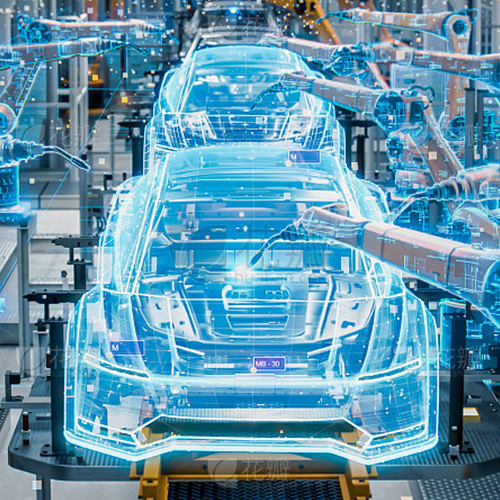Persistent Automotive Industry: A Key Factor in Prolonged Inflation Challenges
Nov 01, 2023
The expectation of diminishing prices for both new and used vehicles amid resolved supply chain issues was overruled by market forces. Post the lockdowns, car prices surged, marking two years into the United States’ most severe inflationary period since the 1980s. This indicated that returning to normalcy in the automotive industry would be an extensive and erratic journey.In 2021 and early 2022, a confluence of global shipping disruptions, semiconductor shortages, and factory closures coincided with robust demand, propelling vehicle prices significantly higher. Hopes of price alleviation as supply chains recovered and the Federal Reserve's interest rate hikes deterred borrowers were unmet.Contrary to expectations, new car prices soared further. Domestic automakers continued producing fewer vehicles, emphasizing more profitable luxury models. Although used car prices temporarily mitigated overall inflation, a scarcity in supply intersecting with heightened demand caused a rebound in April.Even post the official end of the emergency, reverberations from pandemic-induced disruptions in the automotive sector persist in the economy. This scenario elucidates the potential protracted nature of the Federal Reserve's battle against inflation, highlighting continued consumer spending despite escalated prices.


